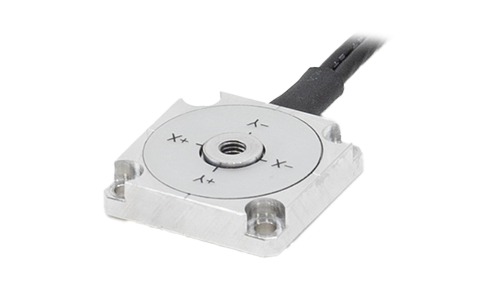Ergonomics/Welfare Engineering
-
Understanding Humans
Humans interact with a wide range of objects in their daily lives. In modern product development, it is no longer sufficient to pursue functionality alone. Designers increasingly focus on creating user-friendly products that are intuitive and comfortable for people to use. As new devices and systems continue to emerge, so do new human–machine interfaces. In this evolution, ergonomics—the study of human body mechanics and cognition—plays an indispensable role in designing systems that harmonize with human behavior and perception.
-
Application of Force Sensors
Ergonomics involves much more than simply reflecting the human range of motion. From the perspective of usability, key factors include how easily a person can grip, push, or apply force to an object. Elements such as shape, weight, and surface texture all influence how natural an object feels to handle. By measuring how much force is applied, how much friction is generated, or how effectively energy is transmitted, force sensors provide valuable quantitative data for ergonomic evaluation. TecGihan's force sensors are compact and easy to embed into objects, allowing precise measurement without altering the original form or function of the product.
-
Gait Measurement
Walking is one of the most fundamental human movements and provides numerous benefits. Beyond maintaining and improving muscle strength and blood circulation, walking also contributes to cognitive health by stimulating the brain through environmental interaction. As people age, their gait patterns naturally change—leading to an increased risk of stumbling and falls.
However, by measuring and training walking behavior, such accidents can often be prevented. In rehabilitation, accurate gait analysis is also critical for patients recovering from injury or illness and for those using prosthetic limbs. By combining force plates with motion capture systems, it is possible to analyze how ground reaction forces are generated during each phase of gait. These insights support the optimization of rehabilitation programs, assistive device design, and intervention methods for safe and efficient walking.


